For the first time in over 135 years, the United States (US) got more energy from renewable sources like solar, wind, and water energy, than it did from coal. That’s a big change, and it may be the beginning of the end for coal.
Coal is a fuel that pollutes heavily. But since the 1800s, it has been one of the leading fuels used to power vehicles and factories, heat homes and offices, and create electricity. The last time a renewable power source was more commonly used than coal was back in the 1880s, when wood was the more common fuel.
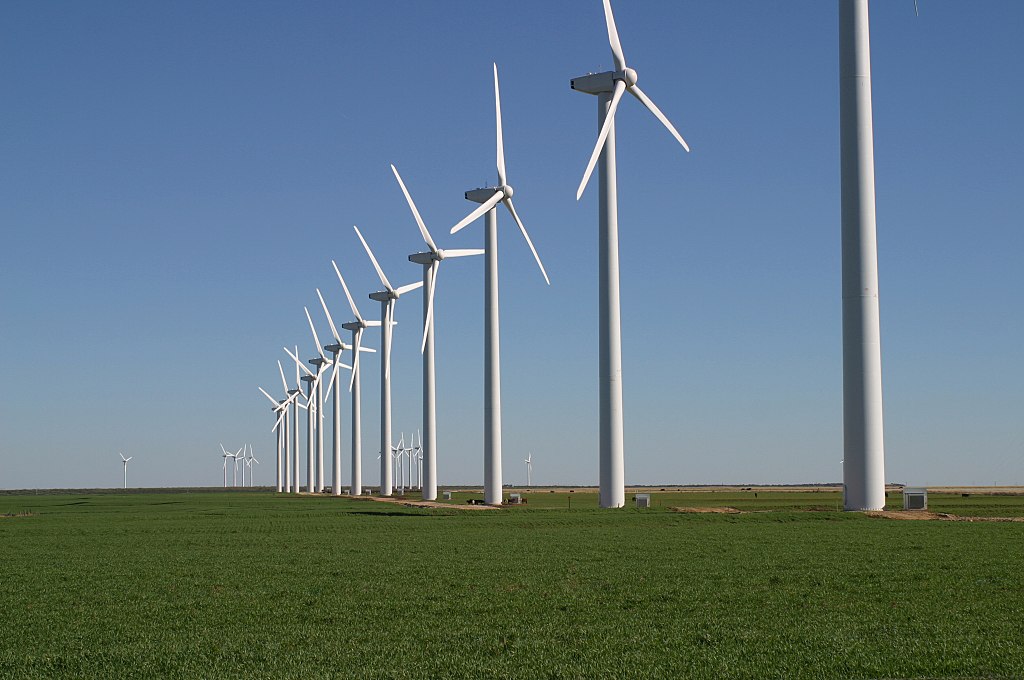
(Source: Leaflet [CC BY-SA 3.0], via Wikimedia Commons.)
Climate Crisis
The climate crisis is a global emergency caused by the change in weather patterns around the world because of human activity. Global heating is a huge part of the climate crisis. The world is getting hotter, mainly because humans are burning “fossil fuels” like coal, oil, and natural gas to make energy. These fuels give off pollution which makes the climate emergency worse. These kinds of pollution are often called “greenhouse gases” or “carbon emissions”.
The world’s countries have agreed to pollute less, but so far not much has changed. The effects of global heating will make life hard, and sometimes impossible, for most living things. Scientists say humans must take strong action before 2030 to avoid the worst effects of the climate emergency.
But the use of coal has been falling rapidly in recent years. For six years in a row, the amount of coal burned in the US has dropped. Last year it dropped again by 15%.
Hundreds of coal-burning plants have been closed in the US over the last 10 years. At least 13 are scheduled to close this year. The same pattern can be seen in countries around the world.
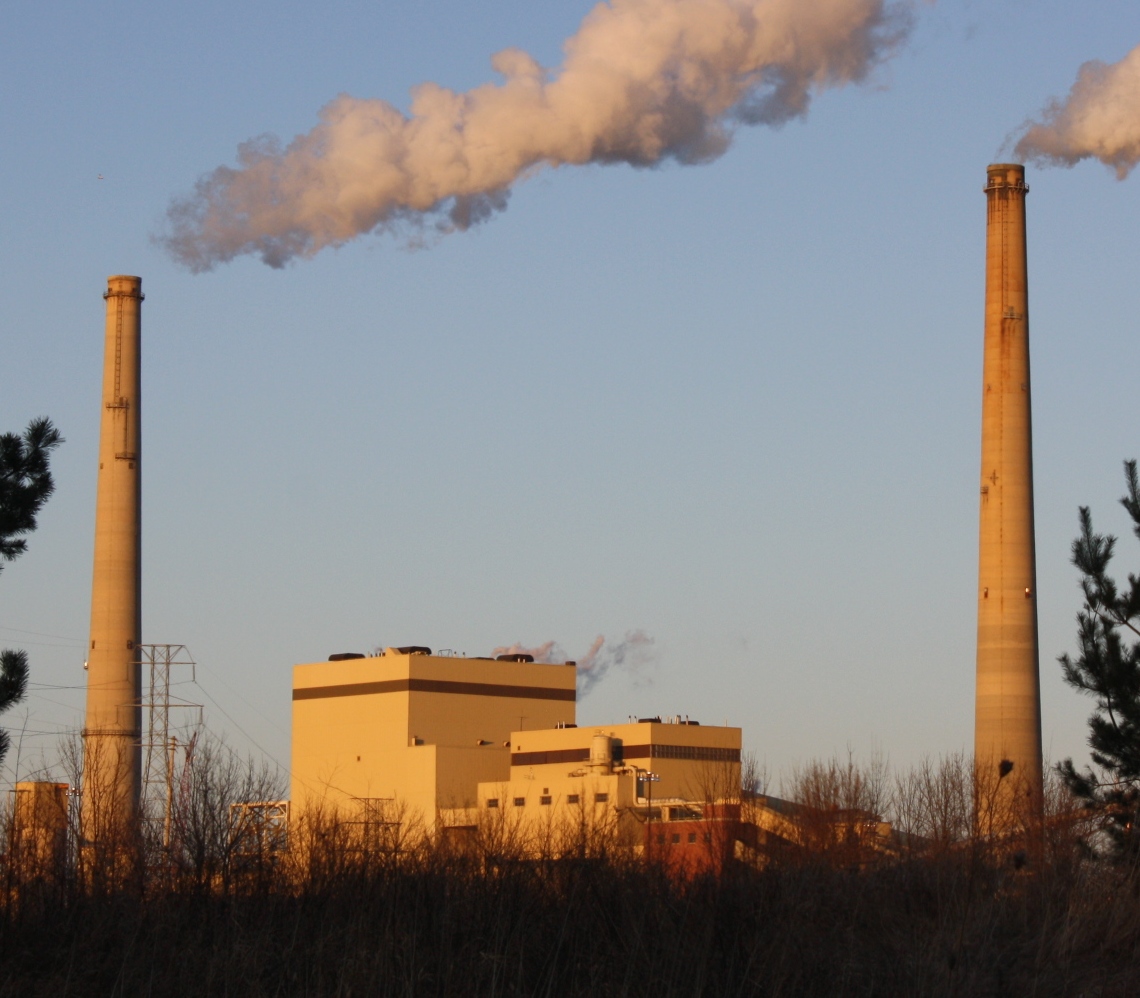
(Source: Royalbroil [CC BY-SA], via Wikimedia Commons.)
That’s partly because of concerns over the environment. Coal is the worst polluter of the fossil fuels, releasing more harmful carbon dioxide than any other form of fuel.
But it’s also because renewable sources have helped lower energy costs. That means companies that produce coal aren’t earning as much money.
The coronavirus pandemic lowered coal use even further, because many businesses and factories were closed during the lockdown, so fuel use dropped even more. Other energy prices have gone down, making coal more expensive and less attractive.
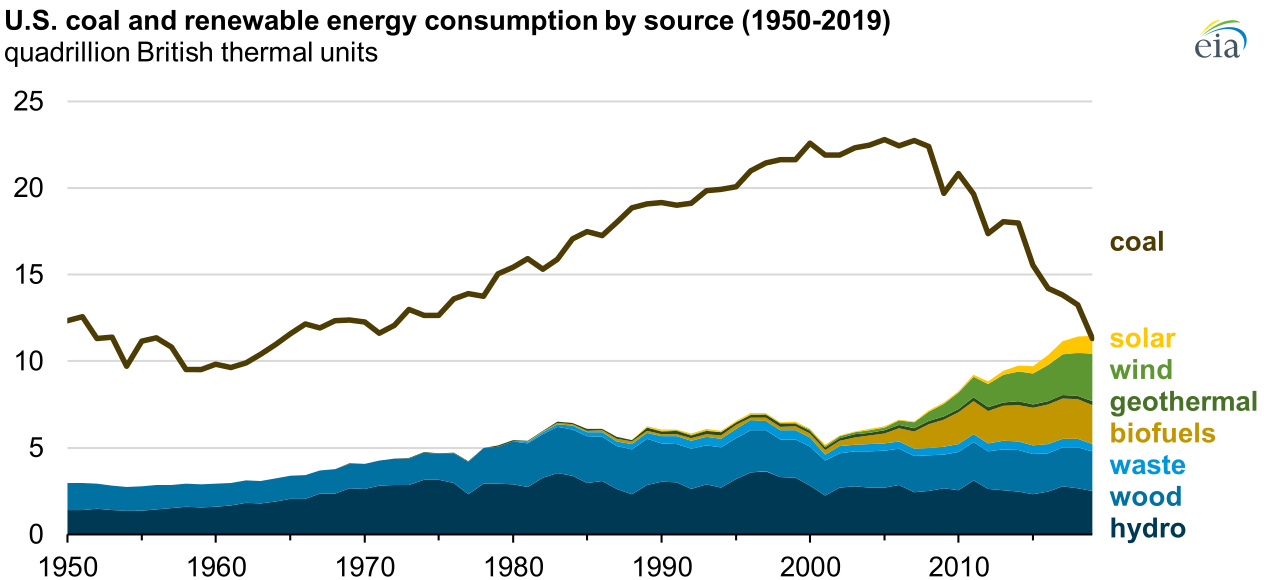
(Source: US Energy Information Administration.)
“Coal is on the way out. We are seeing the end of coal,” says Dennis Wamsted, who studies the way energy gets produced and used.
That doesn’t mean coal is going to disappear completely. Coal is still commonly used in some businesses, such as making steel. And some companies have long-term agreements which mean they need to continue using coal for some time.
Still, it’s a big change. Just 10 years ago, more than half of the electricity in the US came from coal.
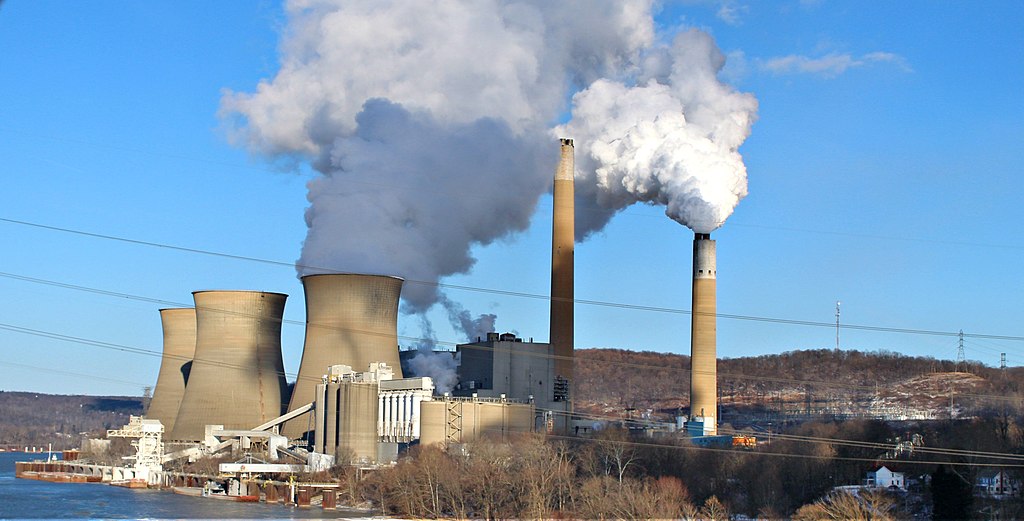
(Source: Drums600 [CC BY-SA 4.0], via Wikimedia Commons.)
That change has happened even though US President Donald Trump has worked hard to support coal, changing rules to allow coal companies to pollute more.
At the same time, renewable energy has been growing. There are massive projects around the world providing more and more energy through sun, wind, water, and waves.
These projects typically have much lower environmental costs, and can keep producing energy as long as the natural elements which power them are there. That means the overall costs of renewable energy are getting lower and lower.
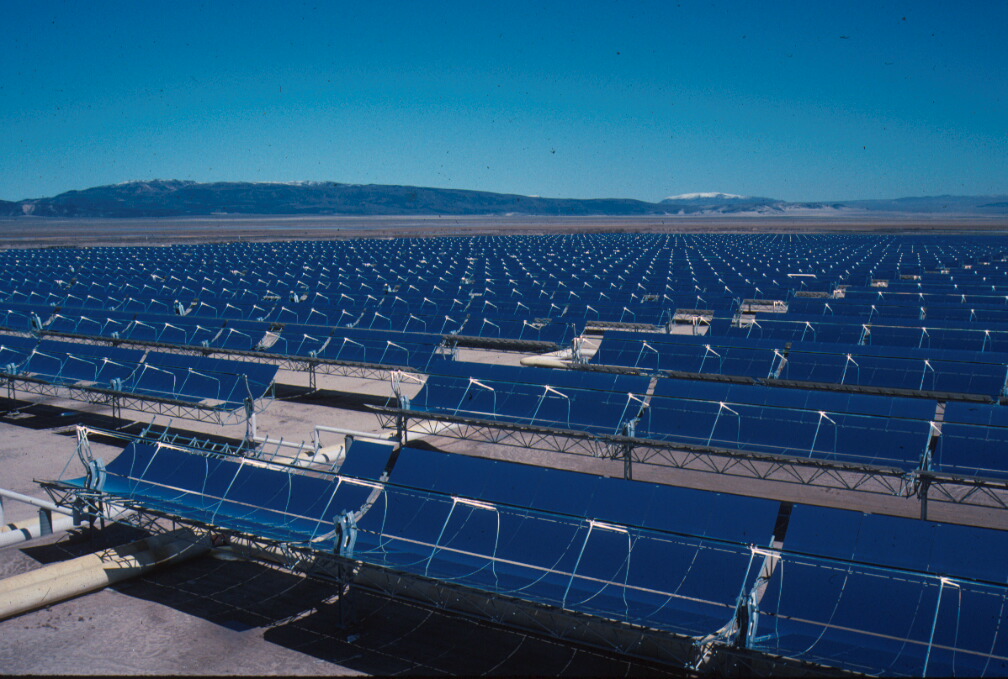
(Source: US Bureau of Land Management [Public domain], via Wikimedia Commons.)
But not all of the coal energy is being replaced by renewables. Most of it is being replaced by natural gas. Though natural gas is better for the environment than coal, it’s still a heavy polluter.
To bring the climate crisis under control by 2050, much of this natural gas energy will also need to be replaced with renewables.
